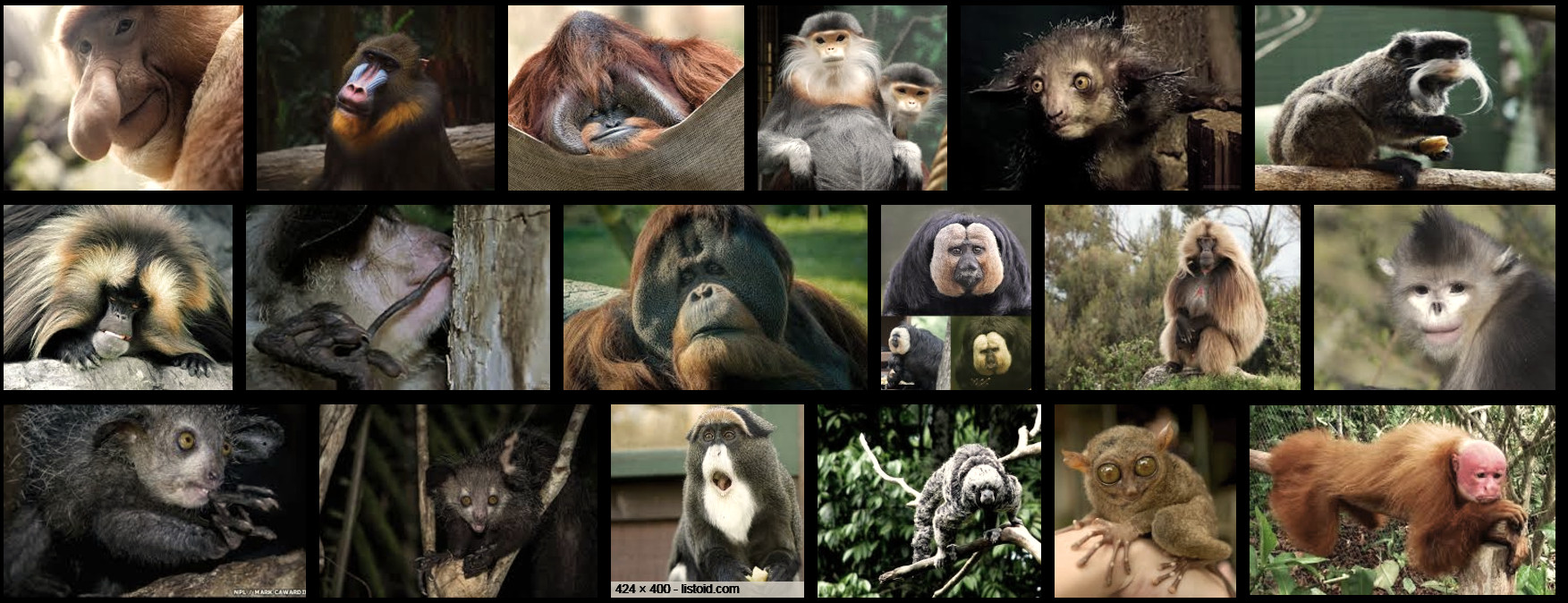Almost all the muscle groups around the eyes nose and cheeks are primarily for communicating, so the face has developed into a communication organ, it is a highly varied organ with more muscles than the hand. 43 muscles in the face, and 34 muscles in the hand. Mostly the facial muscles are unconsciously triggered by emotional states, not by physical necessity. Our subconcious also reacts faster and more primitavely to facial emotional expressions than it does to logical processes that require concious awareness and reasoning. i.e. when a human sees an angry face in his peripheral vision or centrally, his nervous system reacts faster than he can actually turn his eyes to observe the face directly, and he will become aware of the fact after he has reacted.
The human climate range and population size is huge, so the differences are on par with other primates that have divided 2500 grandfathers (generations) ago, we have very distinct populations from Australia to Africa. Secondly, humans have selectively bred with non-human species such as Denisovan and Neanderthal species. Bushmen are not part Neanderthal, and Papuans are part Denisovan, and the rest of us have neanderthal genes.
Primates have a tendency to develop facial display features, faces are more important for primate communication than in felines for example. many primates also have bald cheeks and chins, which is uncommon for mammals. We have bald faces and more muscle groups in our face than many other animals.
Primates have red, blue, pink, white, colors on the face, mustaches, maturation protrusions, whereas felines, squirrels, bears, don't often have face specific displays, perhaps camouflage, except for example the lion.
2-3 of the animals at the end are not primates, see if you can guess which ones:

One theory suggested by my human ecology professor at Oxford posits that 4 legged primates communicate sexually by displaying and looking at each other's sexual organs, because they are at the same level as the head.
The theory states that humans use strong eye and face contact to communicate sexually, instead of smelling and so the mouth has come to symbolize the sexual organs in communication, and so have other facial features.
